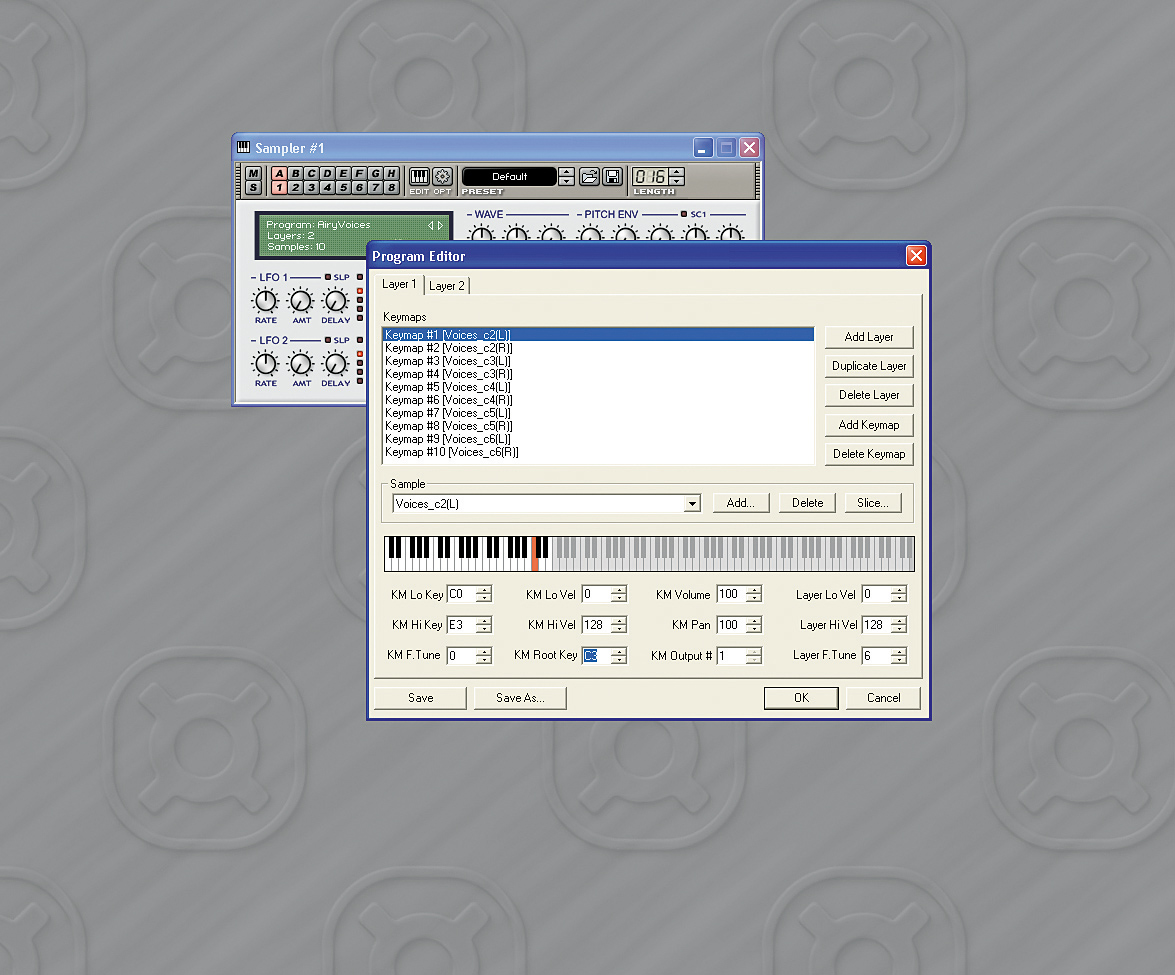MusicRadar Verdict
Its new features are good, but Orion Platinum faces some stiff competition.
Pros
- +
Plug-in delay compensation. Impulse Response Processor. Other new effects. Hi-res audio support.
Cons
- -
Awkward user interface. Lacks flexibility. SSE-enabled CPU required.
MusicRadar's got your back



Beginners can find conventional sequencers too complex, but Orion Platinum offers them a solution. It has most of the power and flexibility of the heavyweights, but is easier to use and enables you to create productions from start to finish.
The process of creating a song in Orion is quite straightforward - you start by adding Generators (virtual synths or samplers) from the Insert menu. Virtual mixer channels are automatically created for each Generator, and these enable you to apply EQ, add effects, balance levels and route signals. Each Generator can be programmed with 64 patterns - A1 to F8. Some Generators (such as the Drum Rack) feature a dedicated interface for doing this, while others must be programmed using a piano roll interface.
Once the Generators have been programmed, the individual patterns can be arranged into a complete track using the Song Playlist window. Orion operates in one of two modes: Pattern (where one pattern loops over and over) or Song (where the entire track that´s laid out in the Song Playlist is played back). All very straightforward, then, but what´s new in the latest version? Quite a lot, but perhaps not as much as you might expect…
New features
One of the most fundamental improvements is the newly-added support for high sample rates (up to 192kHz) and 32-bit audio. This will be particularly beneficial if you plan to carry out any post processing on Orion´s rendered output. Elsewhere, multiple MIDI input devices are supported, so it´s now possible to use a MIDI keyboard and a USB control surface simultaneously, for example.
Orion Platinum 6 also boasts plug-in delay compensation (PDC). This keeps all of your musical parts in time, even if some them are being ‘held back´ by an effect plug-in that´s introducing an element of delay into the signal path. This feature must be turned on manually (File>Song Properties) as it does use up extra CPU when it´s engaged. We´re pleased to see PDC in Orion - its inclusion shows that Synapse are keen to bring the software up to a truly professional level.
A number of new effect units have also been added. The most prominent of these is the Impulse Response Processor, which enables you to apply a captured acoustic response (ie, the reverberant sound of a room or hall) to a signal. Typically, this is used for high quality reverbs, but it can also be used to capture the character and sound of vintage gear.
Want all the hottest music and gear news, reviews, deals, features and more, direct to your inbox? Sign up here.
Since the processor accepts Impulse Responses (IRs) in WAV format, fresh IRs can be downloaded for free, from a number of third-party websites and loaded in. The Impulse Response Processor sounds good and is unusually CPU- friendly. This is a definite plus, as comparable plug-in effects are often very resource hungry.
Other new effects include the warm-sounding Analog 3-Band EQ, the Bass Compressor and the Dynamics Shaper. Unfortunately, most of the new effects use the ubiquitous ‘knobs-only´ user interface, and the controls are not properly documented.
Platinum polish
There are no new generators included in this release, but some of the existing ones have been improved. The DrumRack drum machine can now load high resolution samples and offers two quality settings, while the Sampler´s editor has been given a makeover, too.
Keyboard shortcut junkies will be pleased with the addition of several useful new commands. F11 adds the currently selected Generator pattern straight to the Playlist, and the up and down arrows can now be used to quickly step through Generator presets.
Orion Platinum will appeal most to those who are taking their first steps in computer-based music making. That said, you´ll either love or hate its pattern-based workflow, and Orion has always had a rather awkward window management system. There´s no denying that this release improves on what was already a capable product, but FL Studio offers better value for money and Reason and Project5 2 are more comprehensive one-stop solutions. It's best to demo all four and pick the one that´s best suited to you.
MusicRadar is the number one website for music-makers of all kinds, be they guitarists, drummers, keyboard players, DJs or producers...
- GEAR: We help musicians find the best gear with top-ranking gear round-ups and high-quality, authoritative reviews by a wide team of highly experienced experts.
- TIPS: We also provide tuition, from bite-sized tips to advanced work-outs and guidance from recognised musicians and stars.
- STARS: We talk to musicians and stars about their creative processes, and the nuts and bolts of their gear and technique. We give fans an insight into the craft of music-making that no other music website can.
